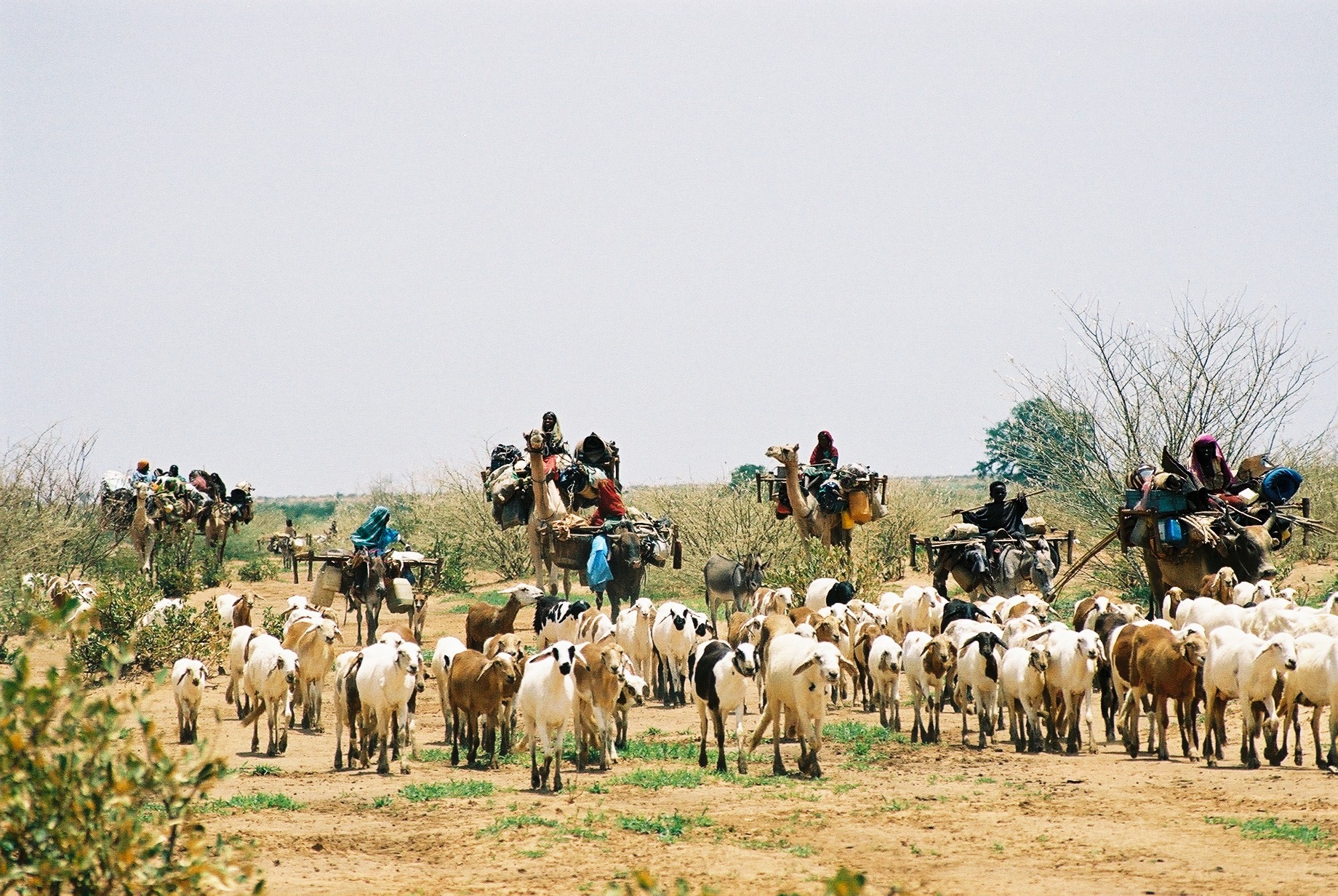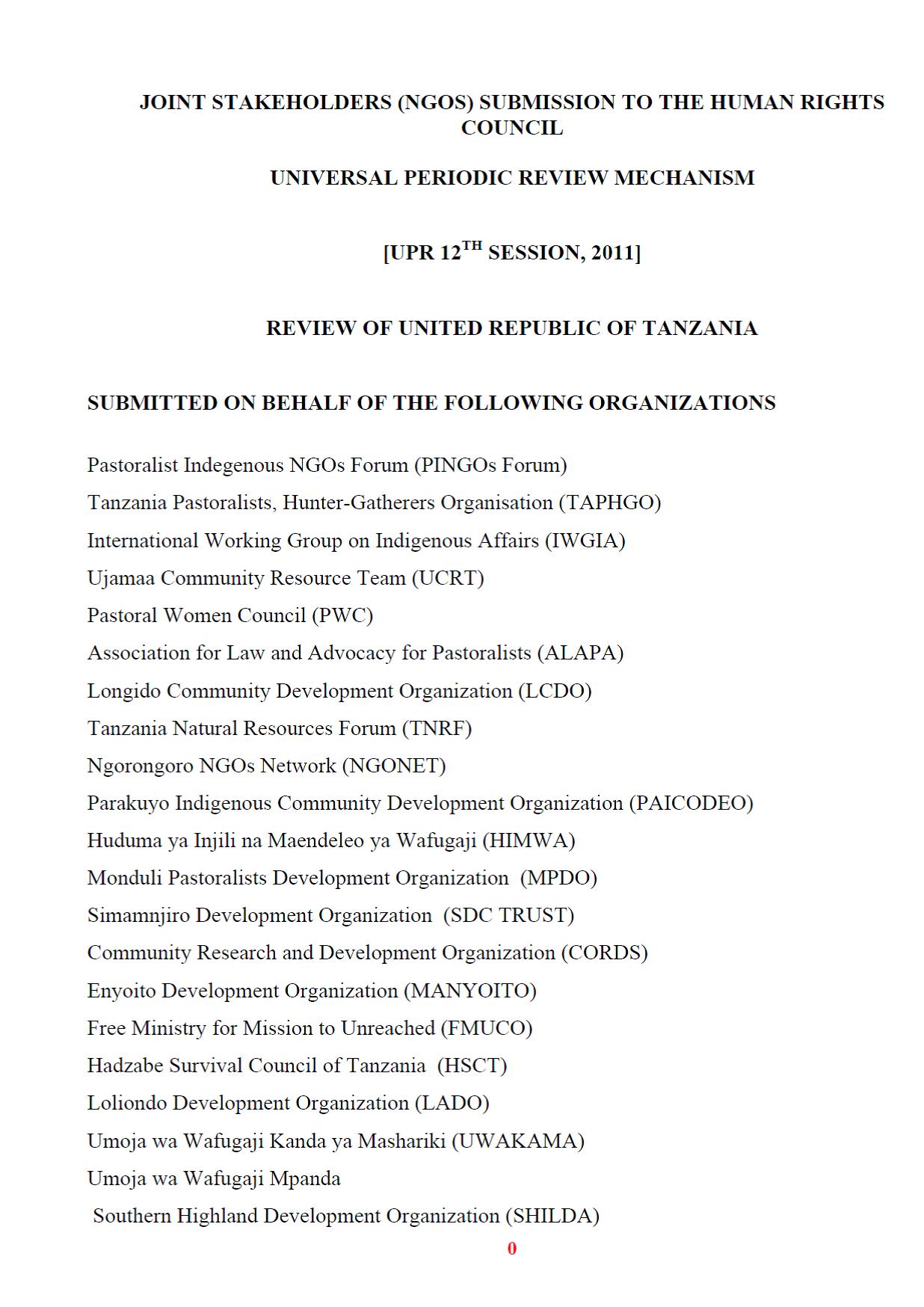Rangelands Observatory
The Rangelands Observatory - The International Land Coalition (ILC) believes that a fair and effective monitoring of ongoing conversion and fragmentation of rangeland ecosystems is needed in order to provide a thorough understanding of the trends and their implications – and also to enhance informed and participatory decision making on land use and investments in rangelands, and on the trade-offs involved.
To this aim, a Rangeland Observatory (RO) project has been established.











